Why do anthurium leaves turn yellow and what to do about it?
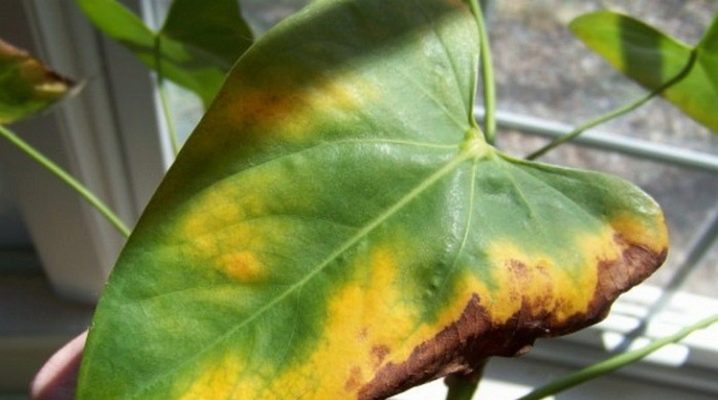
Anthurium is a very elegant bush type houseplant with exceptional flowers. Among the people, he is better known as "male happiness", it is believed that all representatives of the stronger sex, in whose house this green pet lives, will certainly be happy and successful in business. Unfortunately, sometimes situations arise when the leaves of anthurium begin to dry and turn yellow - the reasons may lie in improper care and uncomfortable growing conditions.
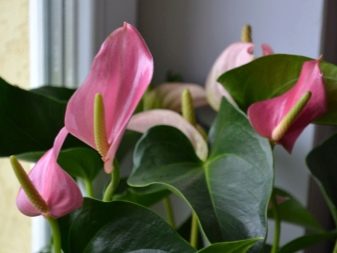
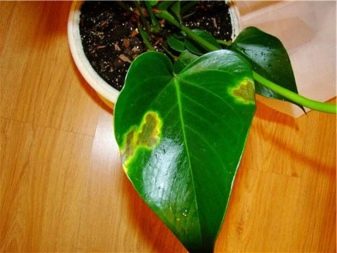
Possible reasons
To begin with, we note that yellowing and falling leaves are not always indicative of improper flower care. The fact is that this flower has a natural feature to shed old leaves and shoots growing from below - this is necessary so that the flower can build up strength for the appearance of young leaves. However, in most cases, the reasons are still related. in violation of the rules for growing this unusual flower.
If yellowness has arisen at the very edges of the leaf plates, then this is clear evidence of the defeat of the roots by various rot, this often happens with excessive watering of the flower and waterlogging of the soil.
If yellow spots appear on the lower tier, then, most likely, the plant has received too many nutrients which led to a chemical burn of the roots.
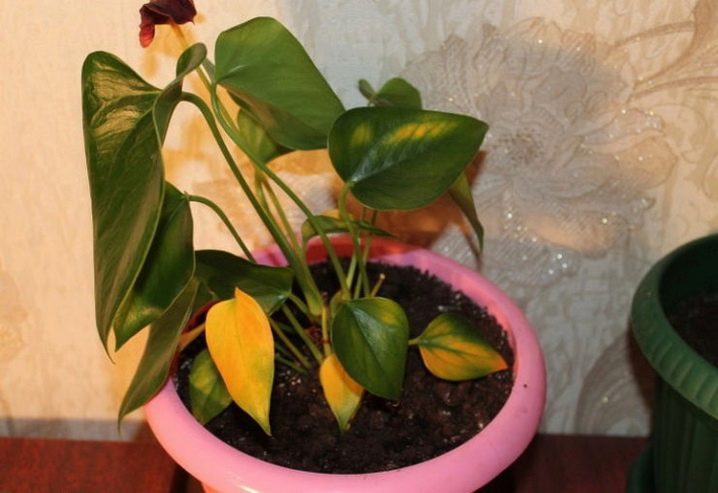
The tips of the leaves can also turn yellow due to too cold indoor air. As you know, anthurium reacts very negatively to drafts, they are especially dangerous in the cold season.
By the way, if you water the anthurium with too cold water, this also causes a change in the color of the leaf plates. The roots of this exotic plant are very delicate and do not tolerate even the slightest violation of the optimal temperature regime.
If the yellowing of the leaves is accompanied by the appearance of holes, then this most often indicates an attack by pests. They begin to feed on the green parts of the plant, cutting through small holes around which the leaves begin to turn yellow. And also holes can appear as a result of fungal pathology - in this case, a yellow spot first forms, then the tissues inside it dry up and begin to die, forming a hole visible to the eye.
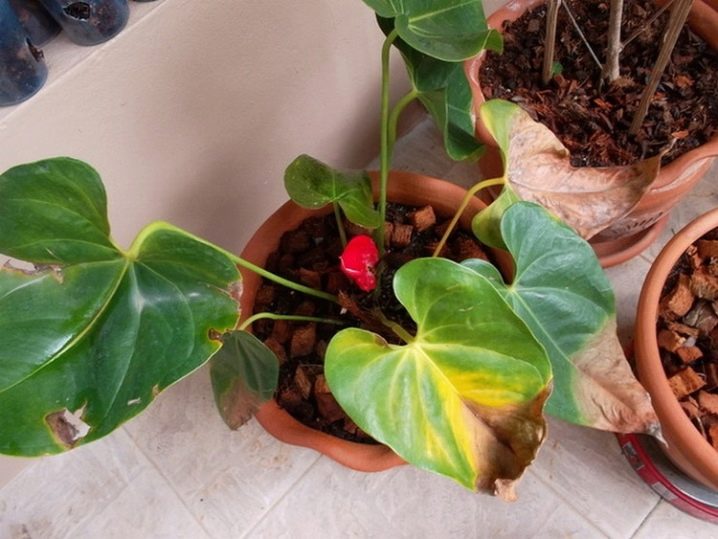
Diseases and pests
If diseases or insects are the cause of the yellowing of the leaves, the effectiveness of the treatment will largely depend on how quickly you were able to diagnose. In the early stages of damage, the flower can most often be saved, and as the disease spreads, the chances of reviving your green pet are rapidly reduced.
The most common diseases causing leaf discoloration are:
- septoria - occurs in conditions of high humidity, low temperatures and frequent drafts;
- rot - become the result of excessive watering and high humidity in the room;
- fusarium - such an ailment often happens to plants when changing the soil mixture, if it was compiled independently without preliminary disinfection;
- chlorosis - occurs in conditions of a lack of magnesium and iron in the substrate.
If one of the described diseases is found, it is necessary to cut off all the damaged leaves, transplant the flower into new soil and treat it with a fungicide solution. If the plant is severely affected, then it needs to be urgently reanimated - measures to save the flower will be discussed later.

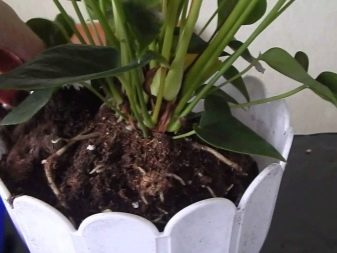
Care errors
Anthurium, as a real tropical culture, loves a humid warm microclimate, as well as diffused lighting. With any deviation from the conditions comfortable for him, the flower immediately disappears. The first signal of unfavorable processes is the yellowing of the leaves.
Usually, the leaves turn yellow with excessive watering and stagnant moisture, which leads to the beginning of rotting of the root system. In this case, the upper part of the plant begins to receive less minerals and, accordingly, wither. Using too hard water for irrigation and spraying can have a similar effect. Also becoming an unfavorable factor direct ultraviolet rays - they fall on the coating of the sheet plates and cause burns, this leads to a violation of pigmentation, and soon to the death of the entire flower.
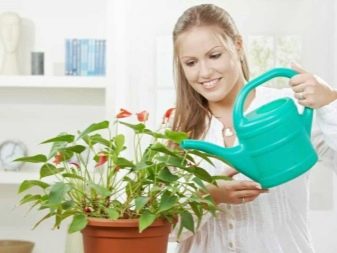
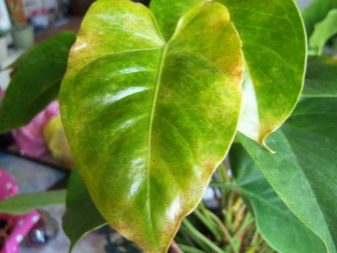
Other reasons for violations of the habitat of a flower, which cause the appearance of yellowness on the leaves, are:
- lack of lighting in the place where the flower is located, non-compliance with the requirements of 10-12 hour daylight hours, placing anthurium on the northern windows;
- too tight or, conversely, too loose container;
- deficiency of nutrient substrate in the container;
- adverse effects of low temperatures;
- the presence of drafts.
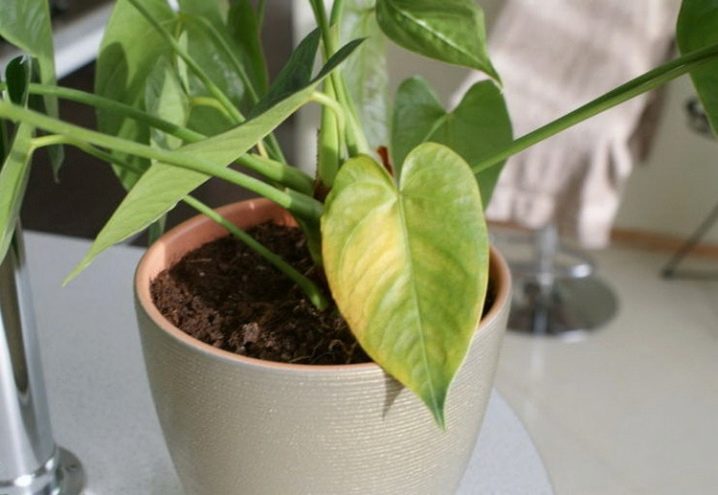
After transplant
Sometimes the leaves of anthurium begin to change color after transplanting at home. Usually, such unpleasant situations arise when the florist violates the transplant rules. Perhaps the soil was incorrectly selected or the roots were damaged when the plant was moved from one pot to another. Often, the leaves lose their green color in a situation if the plant was watered too abundantly immediately after transplanting.
Don't forget about adapting your green pet. For example, if during transplanting you left some ready-made store soil in the container, and then filled up your own, then it will be too difficult for the flower to get used to two compositions with different air and water permeability parameters, mineral and vitamin composition and nutritional characteristics of the earth.
Therefore, for transplanting a healthy plant, it is advisable to use the transshipment method so that the pot capacity corresponds to the volume of the roots. With each subsequent transplant, the pot is slightly increased so that a gap of one finger remains between the lump of earth and the walls of the container.
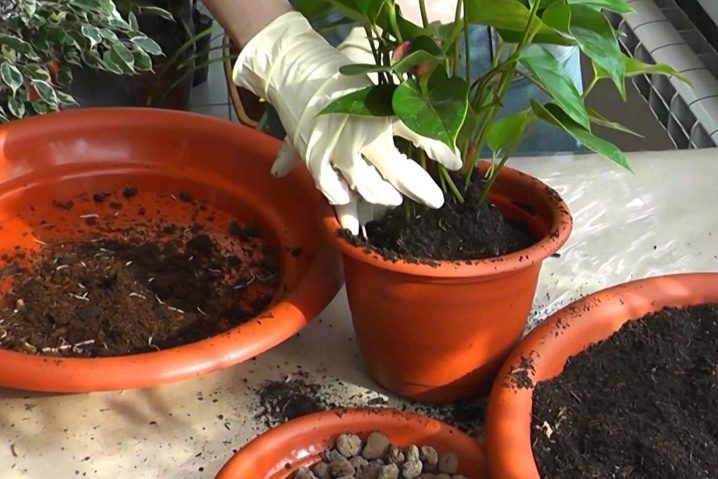
How to treat a plant?
Any change in pigmentation on the leaves in most cases indicates the presence of some kind of disease or uncomfortable living conditions for this flower.
Actions to save the anthurium directly depend on the reason that caused it to wither. Let's consider the main ones.
- Excess moisture. In this situation, it is necessary to change the irrigation regime of the anthurium as soon as possible. Irrigation should be fairly moderate but regular. For irrigation, you should use only soft water (filtered, thawed or settled) - tap water contains chlorine and metal impurities, therefore it is destructive for a flower.

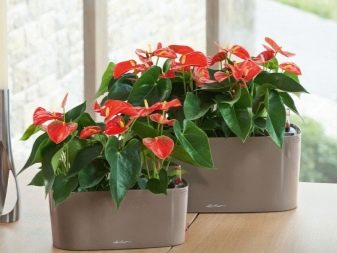
- Lack of lighting. Place the plant on the east and west windowsills. In the winter season, be sure to use additional illumination - for this, special phytolamps with a yellow lighting spectrum are used, however, ordinary fluorescent lamps will do.
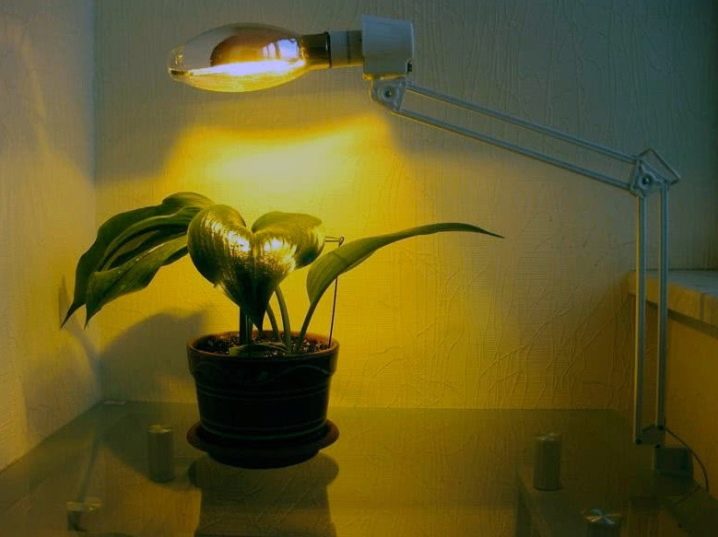
- Lack of substrate. Transplant the flower into a larger pot so that the container is replenished with potting soil.
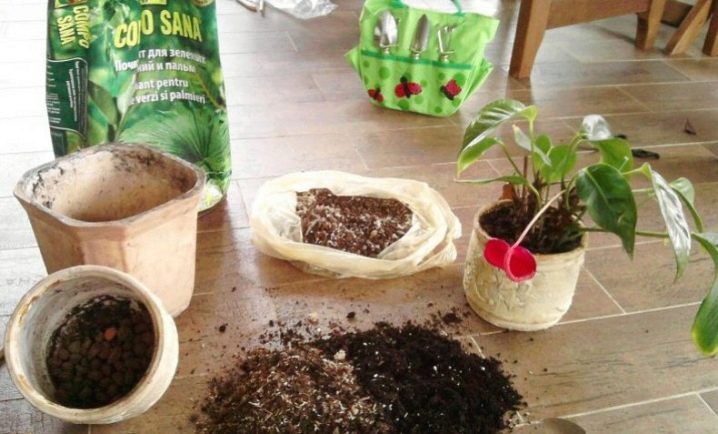
- Insect pest attack. Aphids and mealybugs are especially dangerous for this flower. To get rid of them, it is necessary to wash off all parasites with a solution of laundry soap, then treat the green parts of the plant and the surface of the earth with a special insecticide.
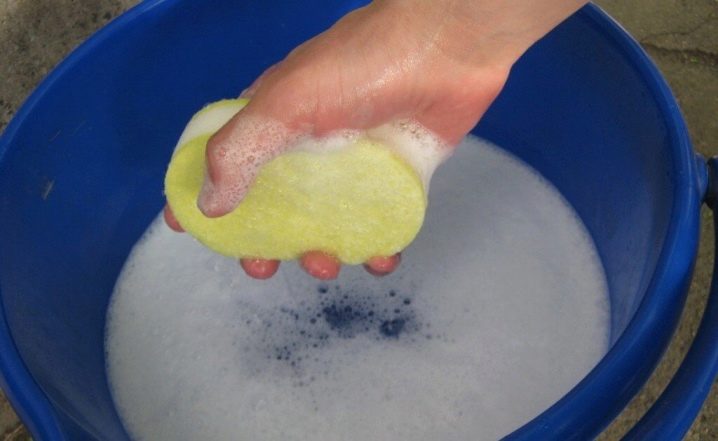
- Hypothermia. In the spring, anthurium is often taken out to the balcony, but one should not forget that at night the air temperature is quite low, and the plant can freeze severely. In this case, yellow spots immediately appear on its foliage, and it dies.In the same way, the plant reacts to the ventilation of the room, if in winter the vents and windows are opened for this.
It is important not to create conditions in which anthurium can “get cold”.
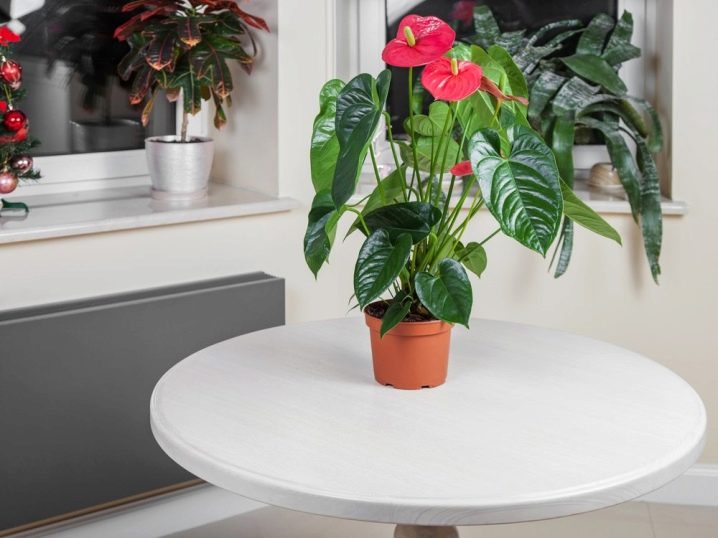
- Exposure to direct sunlight. This happens if the plant is placed on the south window. It is better to use other directions for this. But if this is not possible, then try to darken the flower - for example, use a small screen or stick a protective reflective film on the glass. Better yet, move it to a planter, flower stand, or desk near the window.

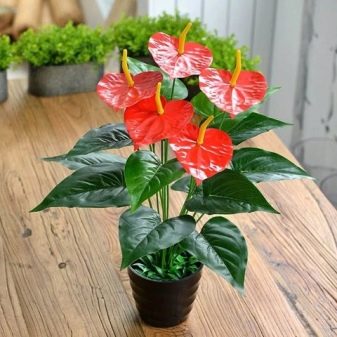
- Fungal infection. In this case, you need to start resuscitation as early as possible. To do this, remove all damaged leaves, transplant the flower and treat with a suitable fungicidal solution.
The treatment is repeated several times every two weeks. If the plant is more than 2/3 infected, it cannot be cured.

How to properly care for him?
Let us dwell in more detail on the conditions for keeping a flower, the maintenance of which will prevent yellowing and shedding of leaves.
Lighting
Anthurium belongs to shade-tolerant flowers, but even so, it will not fully grow and bloom in the shade. As we have already mentioned, this plant requires a long daylight hours - at least 10-12 hours a day, but at the same time, the light must be diffused.
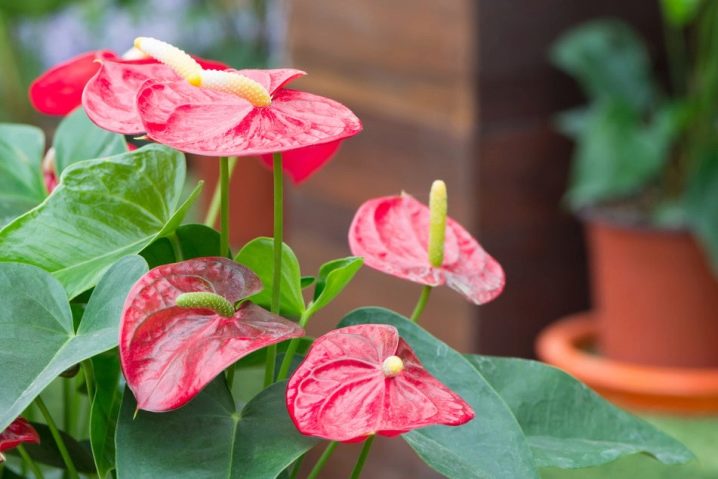
Temperature
Like any other tropical plant, anthurium loves warmth; in the summer season, the temperature should never drop to below +16 degrees. The most comfortable level is considered to be +23.28 degrees.
It is not allowed to place a flower in an area of frequent drafts, as well as near batteries and other heating devices.
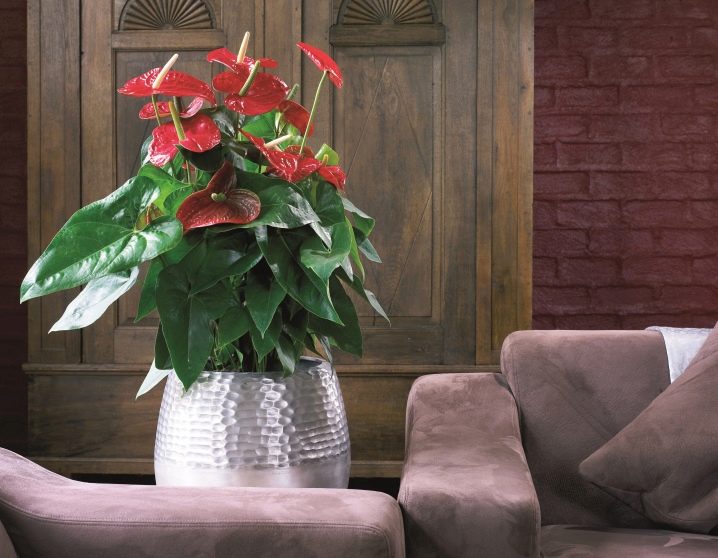
Air humidity
The usual humidity inherent in most living quarters is not enough for anthurium, therefore it is necessary to resort to proven options to increase this parameter - for this, a humidifier or indoor fountain should be turned on for several hours a day. In a situation where neither one nor the other is at home, then you can spray the air next to the flower from time to time.
Please be aware that it is undesirable to moisturize the plants themselves, since water droplets can leave limescale on the sheets, which significantly impairs their appearance.
Once a month, the anthurium needs to arrange a warm shower, for this purpose it is watered with warm water, carefully washing away all the accumulated dust and pollution.
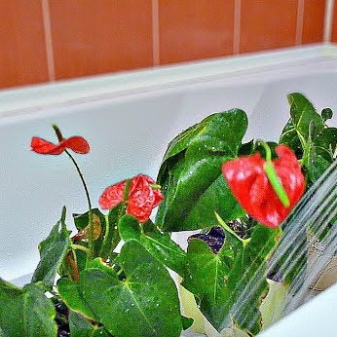

Watering
This houseplant should be watered as the topsoil dries up. It is important to protect the plant from both waterlogging and overdrying. The lower the air temperature in the room, the less irrigation is needed.

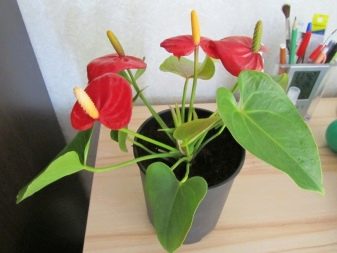
Transfer
In order to achieve full growth and flowering, anthurium needs to be transplanted periodically. Until the flower reaches 5 years of age, this is done every year, then once every 2-3 years. When transplanting a flower, it is necessary to cut off all diseased and harmful roots, and treat the cuts with ground charcoal. The bottom should certainly be covered with expanded clay or pebbles, and also take care of arranging drainage holes at the bottom.
It is very important to choose the right land... The soil must be light, well-drained and provide adequate oxygen access to the roots.
It is important that coal and river sand must be included in the soil mixture. If you buy ready-made soil, it is worth giving preference to soil for aroids.
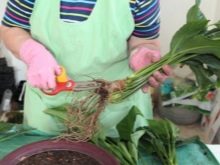
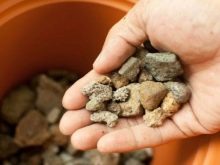
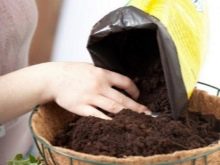
Top dressing
In the spring and summer, the plant needs fertilization. It is best to use ready-made formulations for aroids, but at the same time, the concentration indicated in the attached instructions should be increased by 2 times. In parallel with watering, foliar dressing should be done from time to time.
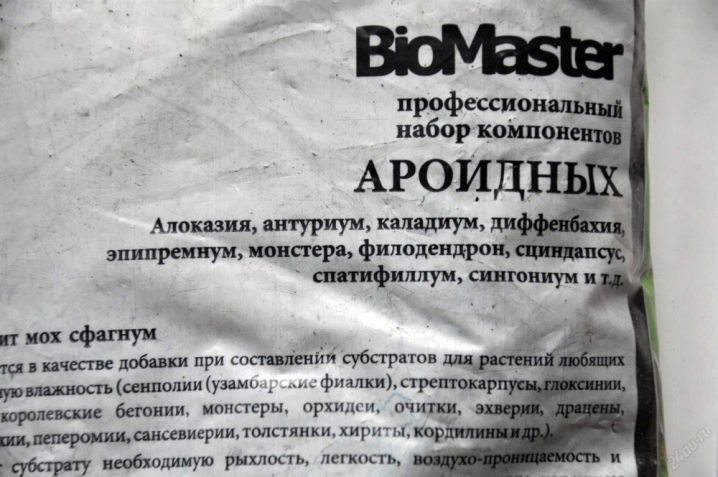
For information on what to do when anthurium leaves turn yellow, see the next video.































The comment was sent successfully.